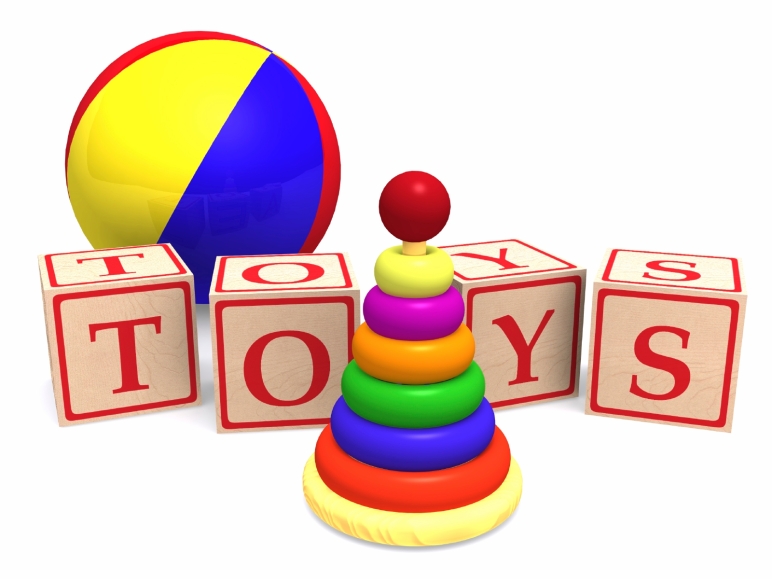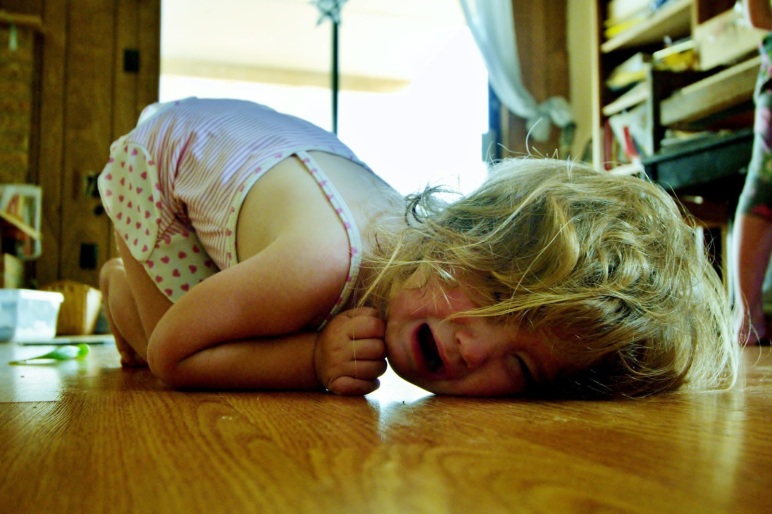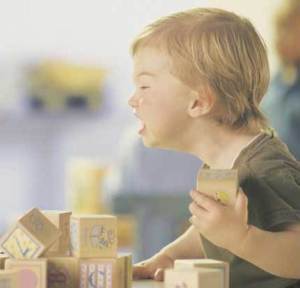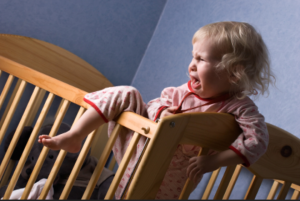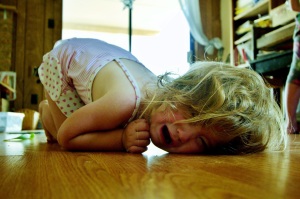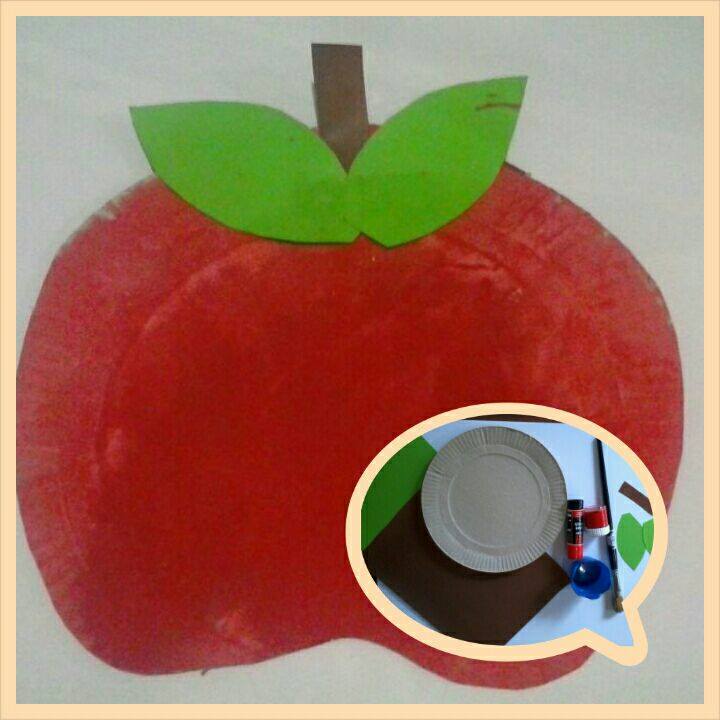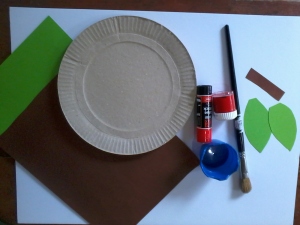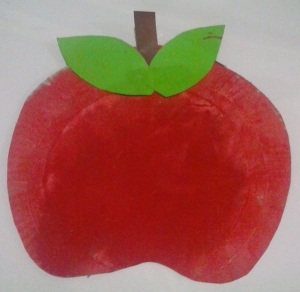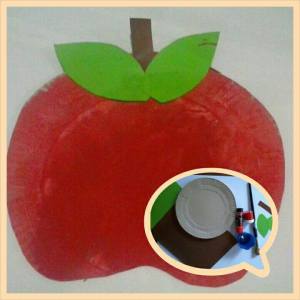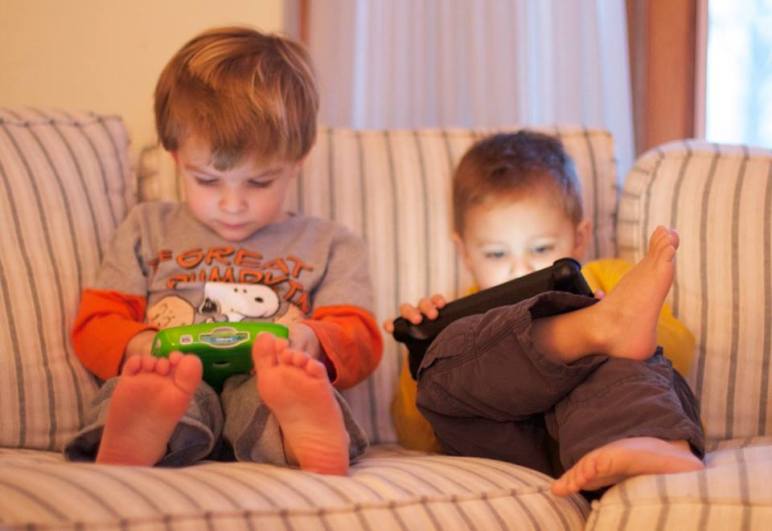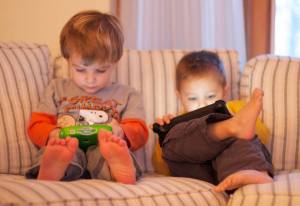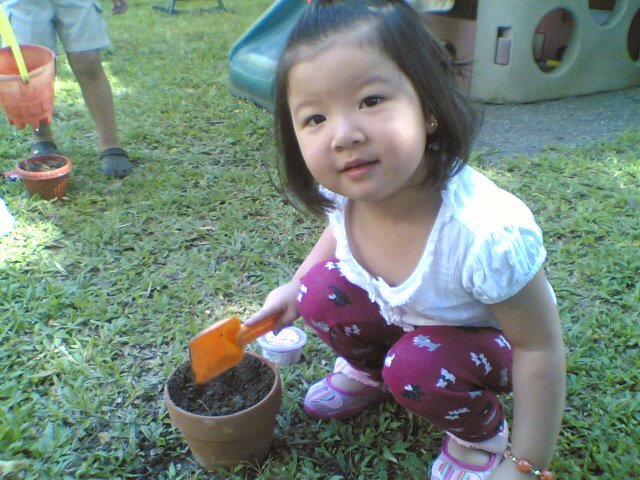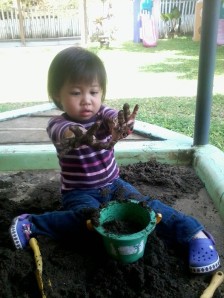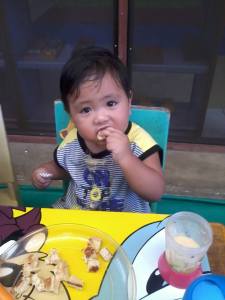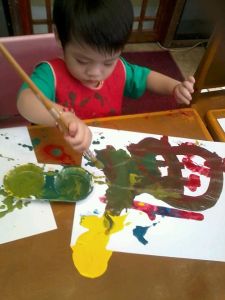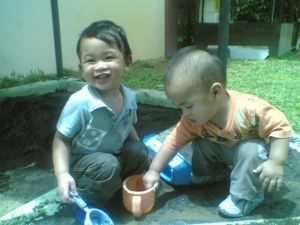The great Albert Einstein once said that “Play is the highest form of research.” This is true most especially for children because it is through play where they learn to interact with others and know more about the world. Play is important for children as it gives them the opportunity to learn and develop new skills. One component of play among children is the use of toys. According to Shelley Frost (2014), the toys you choose for your child affects his development.
As an Early Childhood Educator, I believe that it is important to incorporate the three developmental learning domains in your child’s play. These three learning domains are the psychomotor, affective and cognitive domains. For a child to grow beautifully, he has to develop in the physical, emotional and mental aspects. Since play is the work of children, it is important that parents and teachers intentionally select toys that support their learning (Guyton, 2011).
Here are tips in choosing the right toy for your toddler as suggested by Zero to Three, The National Center for Infants, Toddlers and Families.
1. Choose “open-ended” toys.
These are toys that young children can manipulate in a variety of ways. These toys are those that ignite your child’s imagination and help him develop problem-solving and thinking skills. Examples of these are blocks, interlocking blocks, nesting blocks or cups, and toys for sand and water play.
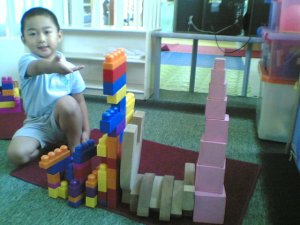
2. Choose toys that enable your child to explore and solve problems.
These toys allow your child to figure out things on his own, thus helping him develop logical thinking. Examples of these toys are puzzles, shape-sorters, blocks, nesting blocks or cups, art materials like clay, paint, crayons or play-dough. These toys also help your toddler develop patience, fine-motor skills and eye-hand coordination.
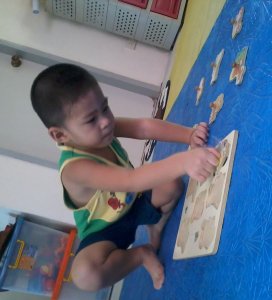
3. Choose toys that encourage your child to use his imagination.
Pretend play is important for your child as it builds language and literacy skills, promotes awareness in self and in others, and enhances social relations as well. Let your child use materials that would allow him to create stories and act them out. Examples of these toys are dress-up clothing, blocks, toy food and plastic plates, action figures, stuffed animals and dolls, trains and trucks, toddler-friendly dollhouses, toy tools.
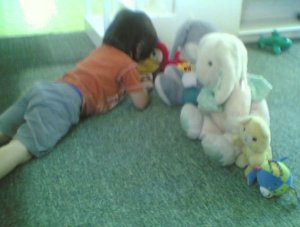
4. Choose toys or materials that show real-life situations.
At this stage, your child is figuring out how things work so let him play with objects that are like the real thing. Through this, you can see how your child picks up on what he sees and how much he understands about the things around him. Examples of these toys are plastic dishes and food, toy keys, toy phone, dress-up clothes, musical instruments, child-size brooms, mops, brushes and dustpans.
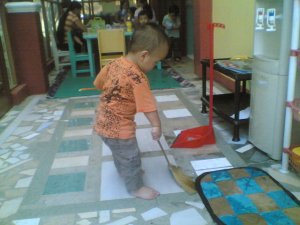
4. Choose toys that develop love for writing and reading.
Introduce your child to toys that help him develop early writing and reading skills. Examples of these are books, wooden or magnetic alphabet letters, and art supplies like markers, crayons, and fingerpaints.
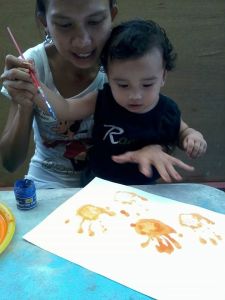
5. Choose toys that encourage your child to be active.
Being active helps your child have a healthy growth and development and gives him the opportunity to make friends. Providing him toys that promote an active lifestyle will help him improve his balance and develop his gross-motor skills. Examples of these toys are balls of different shapes and sizes, tricycles or three-wheeled scooters (with appropriate protective gear), plastic bowling sets, child-size basketball hoop, pull-toys (e.g., toys that your child can pull on a string), wagon to fill and pull, gardening tools to dig and rake with, moving boxes (open at both ends) to make tunnels to crawl through
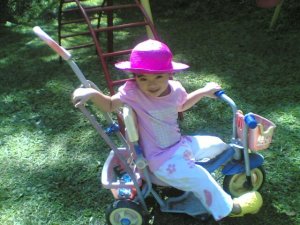
Choosing the right toys for children is important because it helps parents and teachers guide their children’s development. This is not to say that you must put pressure in your child to learn this and that. We acknowledge the fact that children develop differently and learning at their own pace is necessary. However, it is your responsibility as a parent or teacher to be conscious of providing a developmentally appropriate environment for your child.

References:
Frost, Shelley (2014). Guideline for Choosing Developmentally Appropriate Toys for Young Children. Retrieved on December 1, 2014. Retrieved from http://www.livestrong.com/article/526308-guidelines-when-choosing-developmentally-appropriate-toys-for-young-children/
Guyton, Gabriel (2011). Using Toys to Support Infant-Toddler Learning and Development. NAEYC. Retrieved on December 1, 2014. Retrieved from http://www.naeyc.org/files/yc/file/201109/Using%20Toys_Guyton_Online_0911.pdf
Tips for Choosing Toys for Toddlers. Zero To Three, The National Center for Infants, Toddlers and Families. Retrieved on December 1, 2014. Retrieved from http://www.zerotothree.org/child-development/play/tips-for-choosing-toys-for.html
